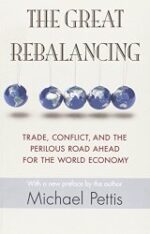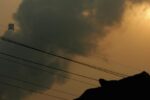Cannex & Fillex in June
Cannex & Fillex Asia-Pacific, the biggest-ever international canmaking and filling technology show held in Asia opens in China next month. From 1-4 June 2015, will be a showcase for transformational metal packaging. Already one of the most intensive of manufacturing processes, canmaking lines are capable of outputs of up to four million cans a day. The industry is also becoming more flexible, allowing it to respond to brand owners’ requests for wider ranges of shapes and sizes. British canmaking equipment manufacturer CMB Engineering will be using Cannex & Fillex to launch a new range of machines that are programmable at the touch of a screen to work with different configurations, thereby increasing productivity, and allowing users to more readily meet changing demands.Cannex PIC Organised by SPG Events and backed by The Canmaker magazine, Cannex & Fillex is specifically targeted at can manufacturers and fillers. Visitors will be able to see the latest technologies and services that support a global business which produces almost 500 billion cans a year for customers in the beverage, food, personal care and industrial sectors. The success of Cannex & Fillex reflects a developing market in China for metal packaging of all kinds. One of the fastest-growing domestic canmakers is ORG Packaging founded just 20 years ago. Now active in all sectors, its latest venture embraces cans with film-laminated coatings. ORG’s world-class technology, which one of its subsidiaries will be showing at Cannex & Fillex, promises manufacturing with a lower environmental impact. In an address to The Canmaker Summit last year, ORG director Chris Zhou provided a detailed analysis of how the various sectors of the Chinese canmaking market compare with others around the world. He explained how metal packaging has a smaller share of China’s food packaging markets, showing that there is considerable room for […]










